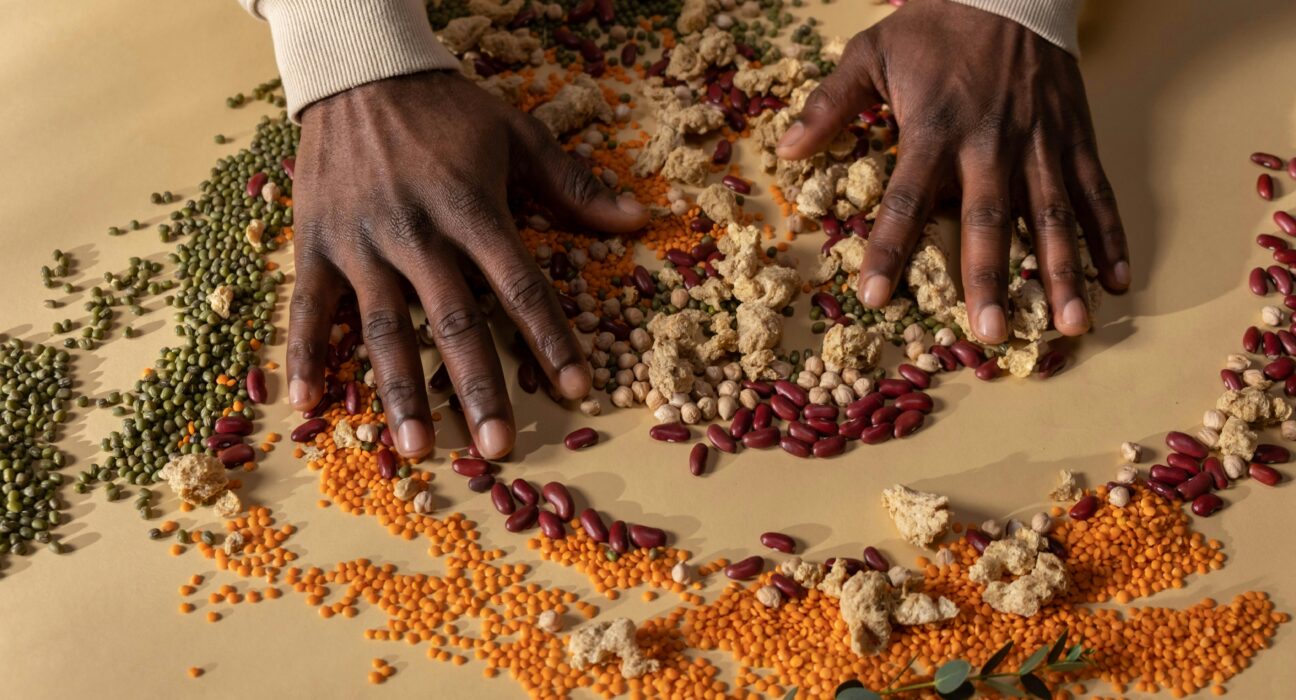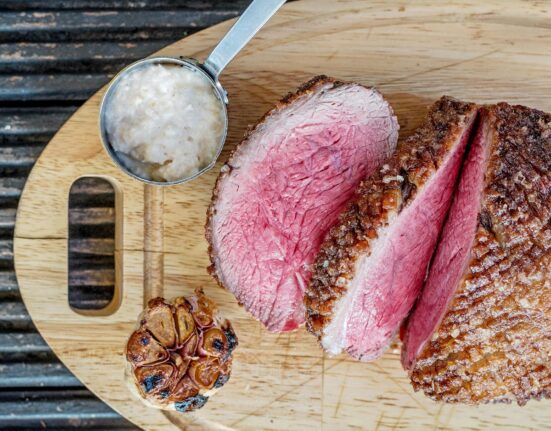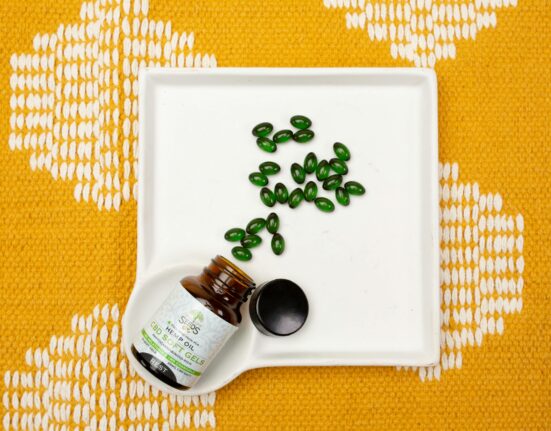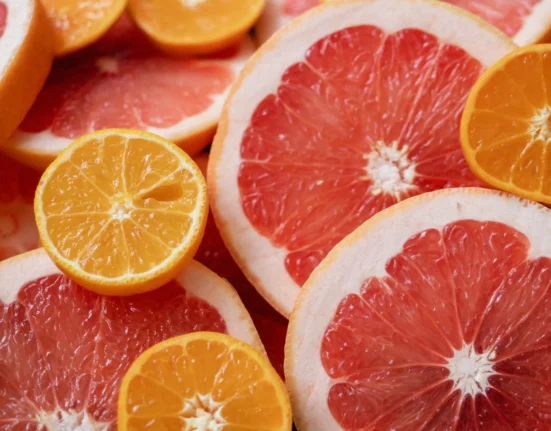Picture a week filled with colorful plates, savory flavors, and energy that lasts. Plant-powered meals are more than salads—they’re hearty, satisfying, and packed with the protein your body needs for strength and recovery. Rising interest in plant-based eating isn’t just a trend; it’s a choice that benefits your health, boosts performance, and supports a more sustainable future.
This guide is for anyone who wants to eat well, stay active, or break out of a boring meal routine. If you’re looking to improve your nutrition, power up your workouts, or simply get creative in the kitchen, you’re in exactly the right place.
Why Choose Plant-Based Protein?
Plant-based protein is more than a healthy swap—it can transform how you feel each day, especially when you keep active. Whole foods like beans, lentils, nuts, and seeds don’t just feed your muscles. They fuel recovery, tame hunger, and are gentle on your gut. Choosing plants over meat for protein is a clear win for personal health and the planet.
 Photo by Waskyria Miranda
Photo by Waskyria Miranda
Muscle Support That Measures Up
Plant protein supports muscle repair and growth. With a diet rich in varied sources—think lentils, peas, chia seeds, and tofu—you cover all the amino acids your body needs. When you combine different plant proteins throughout your day, your body has what it needs to rebuild stronger after every workout. Scientific research backs this up: a recent review found that plant-based protein, when consumed in proper amounts, is just as effective as animal protein for maintaining and building muscle in active people. For more, check out the detailed overview of plant-protein performance in this piece on athletic benefits of plant-based protein.
Satiety and Lasting Energy
Feeling full and satisfied is key, especially when training or staying busy. Plant protein sources often come packed with fiber. Fiber slows digestion, steadying your energy and leaving you feeling satisfied longer than many animal products. This combination helps prevent the snack cravings that can derail your nutrition goals. Foods from beans and whole grains to tempeh help you stay fueled and ready for what’s next.
Gut Health, Digestion, and Recovery
Eating plenty of plants supplies your gut with prebiotics—food for the healthy bacteria that support digestion, recovery, and even mental well-being. Gut health plays a bigger role in post-workout recovery than most people realize. A well-fed gut can cut down on bloating and speed up the bounce-back process. For more strategies focused on a healthy gut and improved nutrition, check out our post on the best anti-bloating meals and food habits.
Supporting the Planet
Choosing plant-based protein isn’t just a win for your body—it’s a win for the environment. Producing beans, lentils, and nuts uses less water and land, and creates fewer greenhouse gases compared to raising animals for meat. That means every bowl of lentil stew or plate of chickpea salad supports a cleaner, greener world. Nutrition for you, kindness for the planet. For athletes and wellness seekers alike, plant-powered proteins fuel both personal bests and global goodness.
For more insights on why so many athletes are going plant-powered, visit this expert-backed article on why athletes should choose plant protein.
Quick Takeaways
- Plant protein offers complete amino acids for muscle health.
- High fiber and natural nutrients keep you feeling full.
- Supports gut health and easier digestion.
- Eco-friendly for a lighter environmental footprint.
- Backed by science for performance, wellness, and recovery.
Plant-based proteins deliver the goods—strength for your body, satisfaction for your appetite, and support for your well-being. Try it out for a week and see the difference one plate at a time.
Essential Plant-Based Proteins for Every Meal
Plants deliver a powerhouse of protein in every color and shape. With so many options beyond beans, building a protein-rich plate is simple and delicious. Each source has its own nutrition superpowers, so mixing them in your week keeps things interesting—and covers your needs for both strength and flavor.
 Photo by Tima Miroshnichenko
Photo by Tima Miroshnichenko
Lentils: Tiny but Mighty
Lentils play a starring role in plant-powered diets. They boast around 18 grams of protein per cooked cup. Their fiber load supports digestion and keeps you full, while iron and folate help energize your day. Lentils also cook quickly—perfect for soups, salads, or stews when you need nutrition fast. For storage, cook a large batch and keep portions in the fridge for up to five days or freeze for later.
For more info about different types of lentils and how they boost gut health, check out this guide to plant-based protein sources.
Chickpeas: Versatile and Filling
Chickpeas, or garbanzo beans, pack in about 15 grams of protein per cooked cup. Their fluffy texture works in everything from hummus and curries to crispy roasted snacks. Chickpeas also provide zinc, magnesium, and B vitamins, which help fight fatigue and support recovery. Keep canned or cooked chickpeas on hand—they’re a speedy choice for salads, wraps, or blended spreads.
Tofu and Tempeh: Soy’s Superstars
Both tofu and tempeh are made from soy, but they each bring something different to the table. Tofu delivers 8–10 grams of protein per half cup, along with calcium for strong bones. Tempeh, fermented and heartier, serves up about 15 grams in the same amount. Tempeh’s fermentation supports gut health, too.
- Store tofu in water in the fridge, changing the water daily.
- Slice tempeh and keep in an airtight container for up to a week after cooking.
Marinate for flavor, grill, scramble, or cube them for stir-fries—these are meal prep magic.
Quinoa: The Complete Protein Seed
Technically a seed—but treated as a grain—quinoa shines with 8 grams of protein per cooked cup. This “complete protein” provides all nine essential amino acids and more fiber than many grains. Quinoa cooks in around 15 minutes and stores in the fridge for five days, so batch-cook for easy meal building. Use quinoa for bowls, salads, and even protein-rich breakfasts.
For more ideas on adding quinoa to meals or why it holds a unique place in vegan nutrition, see this in-depth roundup of vegan protein sources.
Seeds: Small in Size, High in Power
Chia, hemp, flax, and pumpkin seeds do more than add crunch. They offer 5–9 grams of protein per ounce and are loaded with healthy fats, minerals, and antioxidants. Sprinkle seeds over oatmeal, blend into smoothies, or stir into yogurt for a simple boost. Store them in a cool, dry spot; chia and flax last longer in the fridge.
Daily, reach for:
- 2–3 tablespoons hemp seeds (9g protein)
- 2 tablespoons chia seeds (4g protein)
- 1/4 cup pumpkin seeds (8g protein)
For an expanded overview on other ways to boost protein intake without meat, the ultimate guide to plant-based protein sources is loaded with meal ideas and tips.
Practical Tips for Meal Prep and Storage
Keeping protein-rich foods ready saves time and keeps your week stress-free. Here’s how to make it practical:
- Cook big batches of lentils, quinoa, and chickpeas at once. Freeze extras in portioned containers.
- Refrigerate tofu and tempeh for up to a week after cooking.
- Store seeds and nuts in airtight containers for long-lasting freshness.
- Mix protein sources in every meal—try quinoa with tempeh and seeds, or lentil salad topped with roasted chickpeas.
Rotating these proteins keeps flavors fresh and your body supplied with nutrients. Explore more practical, protein-rich recipes and meal-planning inspiration by visiting the best high-protein meals for busy days on FitnessFocusFront.com.
A Week of Plant-Powered Recipes
Feeling strong and energized starts with how you fuel your body. A week of plant-based eating doesn’t have to be bland or repetitive—in fact, it’s the opposite. When you mix colors, textures, and flavors from the world of plants, every meal becomes a moment to savor. Below, you’ll find daily meal ideas for breakfast, lunch, dinner, and snacks. Each day is packed with real protein, balanced carbs, and healthy fats to keep hunger away and support every workout, walk, and workday.
Day 1: Energizing Start
Kick off the week with protein, fiber, and vibrant flavors. These meals set a high bar for taste and satisfaction.
- Breakfast: Overnight oats with chia seeds—oats soaked in almond milk, loaded with chia for protein and fiber; top with berries and nuts for natural sweetness.
- Lunch: Chickpea salad—mix chickpeas with cucumber, tomatoes, parsley, a squeeze of lemon, and a handful of pumpkin seeds.
- Dinner: Tofu stir-fry—quickly sauté cubed tofu with crisp bell peppers, broccoli, and snap peas, finished with a savory tamari glaze.
- Snack: Roasted edamame—toss shelled edamame with olive oil and sea salt, then roast until crisp.
For more high-protein snack ideas, you might like these easy ways to eat more plant-based protein every day.
Day 2: Hearty Plant Power
Some mornings need a breakfast that’s as filling as it is flavorful. The rest of today’s meals are built to keep you full and focused.
- Breakfast: Breakfast burrito with black beans—scramble tofu, add black beans and sautéed peppers, then wrap in a whole wheat tortilla.
- Lunch: Quinoa and vegetable bowl—fluffy quinoa tossed with roasted root veggies and spinach, topped with hemp seeds.
- Dinner: Lentil soup—hearty lentils simmered in veggie broth with carrots, celery, and tomatoes for deep, comforting flavor.
- Snack: Pumpkin seed trail mix—pumpkin seeds, dried apricots, and a handful of almonds for a crunchy boost between meals.
Adding variety is key for sustained energy—check out the benefits of rotating plant proteins and grains for more insights.
Day 3: Fresh and Simple
Simple meals don’t have to be boring. Day 3 delivers quick, clean protein in every bite, with options ready in minutes.
- Breakfast: Green smoothie with pea protein—spinach, banana, frozen pineapple, unsweetened almond milk, and a scoop of clean pea protein powder.
- Lunch: Mediterranean hummus wrap—spread hummus in a whole grain wrap, stuff with spinach, shredded carrots, and roasted red peppers.
- Dinner: Tempeh tacos—tempeh crumbles sautéed with taco seasoning, served in a corn tortilla with avocado and salsa.
- Snack: Almond butter apple slices—apple wedges spread with almond butter and sprinkled with cinnamon.
If you’re seeking creative swaps or more on plant-based eating, see this helpful guide on meal prep for active lifestyles.
Day 4: Comfort Food Reinvented
Bring on the feel-good meals—without the heaviness. Every plate is protein-rich, satisfying, and bright.
- Breakfast: Scramble with tofu and veggies—crumbled tofu cooked with kale, mushrooms, and smoky paprika.
- Lunch: Lentil shepherd’s pie—seasoned lentils topped with creamy mashed potatoes and baked until golden.
- Dinner: Spicy peanut noodle salad—rice noodles with shredded cabbage, carrots, edamame, and a zippy peanut sauce.
- Snack: Roasted chickpeas—crispy, spicy, and endlessly snackable.
Looking for more feel-good ideas? Check out these classic comfort foods made healthier.
 Photo by Denis Liendo ✅
Photo by Denis Liendo ✅
Day 5: Global Flavors
Travel the world from your kitchen with bold dishes and new tastes that keep you motivated.
- Breakfast: Breakfast couscous with nuts—couscous with cinnamon, toasted almonds, walnuts, and golden raisins.
- Lunch: Butter bean stew—creamy butter beans, garlic, tomatoes, and kale in a rich herby broth.
- Dinner: Vegan sushi—nori rolls packed with sushi rice, avocado, cucumber, shredded carrots, and marinated tofu strips.
- Snack: Seeds mix—mix sunflower, sesame, and flax seeds with a pinch of sea salt.
For more inspiration on balancing nutrition and new flavors, see this well-reviewed vegan global cuisine guide.
Day 6: Light and Satisfying
Support recovery and balance with lighter meals that still pack plenty of fuel.
- Breakfast: Berry smoothie bowl—blend frozen berries, banana, and unsweetened plant milk; top with granola and hemp seeds.
- Lunch: Quinoa and black bean salad—toss quinoa and black beans with cherry tomatoes, green onion, and cilantro.
- Dinner: Miso soup with tofu—aromatic broth with tofu cubes, wakame seaweed, scallions, and shiitake mushrooms.
- Snack: Nutty energy bites—blend oats, almond butter, dates, and chia seeds, roll into bite-sized balls, and chill.
Learn more about post-workout meal timing and options with this helpful resource from EatingWell Post-Workout Snacks.
Day 7: Indulgence and Balance
Wrap up the week with comfort and a touch of sweetness without missing any nutrition.
- Breakfast: Pancakes with protein powder—vegan pancakes made with oats, banana, and vanilla protein powder, served with fresh fruit.
- Lunch: Falafel plate with tahini—crispy baked falafel, served with greens, cherry tomatoes, cucumber, and a lemon-tahini drizzle.
- Dinner: Creamy lentil pasta—lentil-based pasta tossed in a creamy cashew sauce with spinach and roasted cherry tomatoes.
- Snack: Dark chocolate with walnuts—a square or two of good dark chocolate with a handful of walnuts for brain-boosting fats.
Want more ways to work fun and balance into your week? Don’t miss this roundup on building better nutrition habits for life.
By mixing up your meals through the week, you make plant-based eating tasty, fun, and sustainable for the long haul. Don’t be afraid to swap ingredients for your favorites or fit your routine—your muscles, taste buds, and the planet will thank you.
Tips for Success with Plant-Based Meals
Plant-based meals can be simple, filling, and endlessly flavorful when you have practical strategies. With a little planning, bold flavors, and a sense of adventure, you’ll find plant-powered cooking fits any busy schedule and supports your goals. Here’s how to make every meal count.
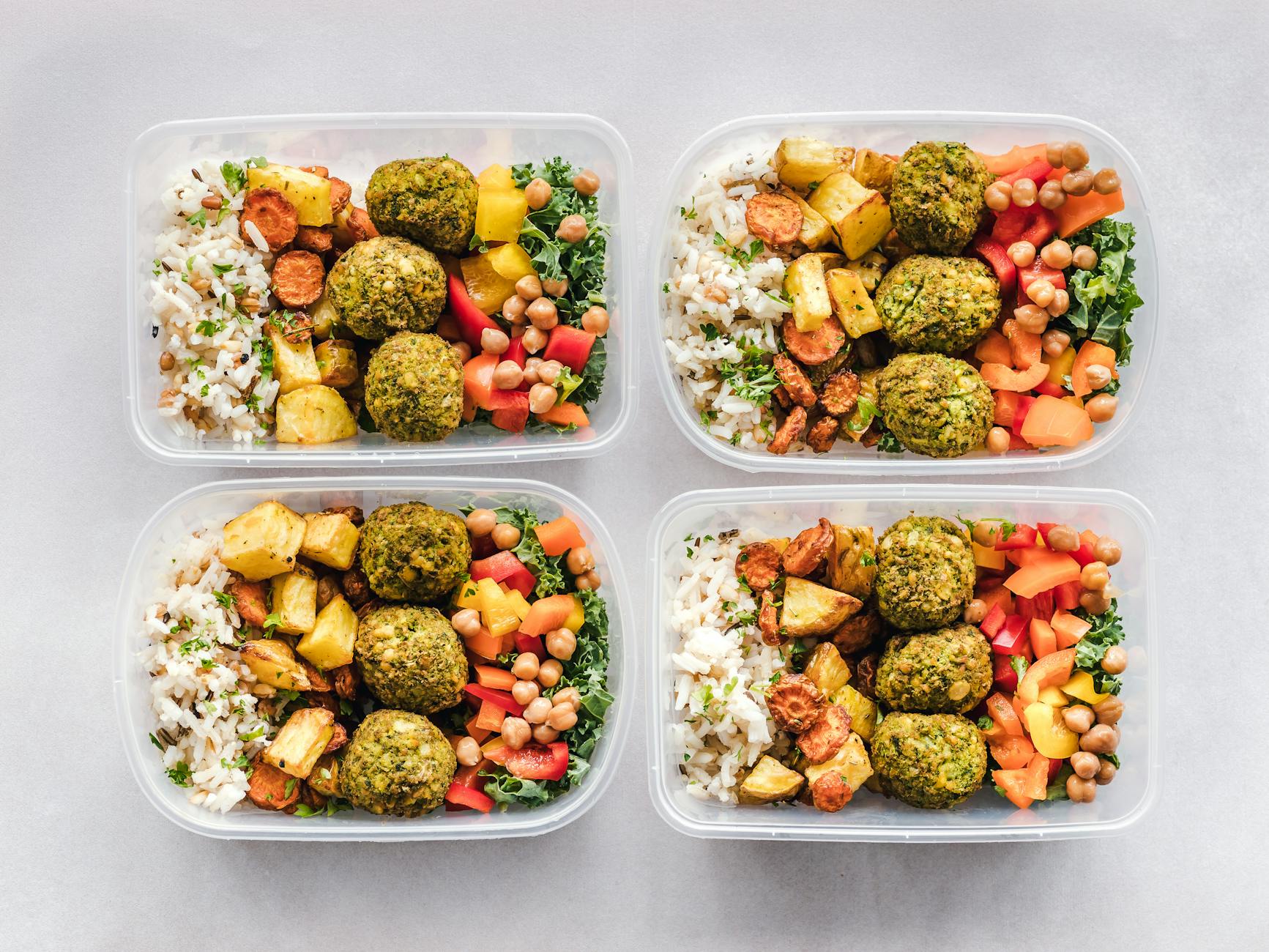
Photo by Ella Olsson
Mastering Meal Prep and Saving Time
Batch cooking is your best friend. Prepping protein staples like lentils, beans, and tofu ahead of time can turn a rushed evening into a quick, filling meal. Cook large batches and store them in meal-sized containers for easy access. Chopped veggies, pre-cooked grains, and portioned seeds or nuts make building a bowl or salad effortless.
Time-saving meal prep tips:
- Roast a tray of mixed vegetables every Sunday.
- Cook big batches of grains and legumes and freeze some for later.
- Keep chopped greens and sliced produce in clear fridge containers for grab-and-go use.
Building Balanced, Satisfying Meals
Balance is the heart of good plant-based nutrition. Every meal should include protein, healthy fats, and slow-digesting carbs. This keeps you full, helps muscles recover, and prevents energy crashes.
Keys to balanced plates:
- Add a protein source (beans, lentils, tofu) to every meal.
- Pair proteins with healthy fats like avocado, seeds, or nuts.
- Mix in whole grains or root veggies for steady energy.
Rotate your protein sources throughout the week—this keeps meals interesting and ensures you get a variety of nutrients. Try switching between lentils, chickpeas, tempeh, seitan, quinoa, and a range of seeds.
Get Creative with Flavor
Plant-based proteins thrive when you add bold flavors. Don’t shy away from fresh herbs, spices, citrus zest, or fermented foods. A simple drizzle of sesame oil, a pinch of smoked paprika, or a spoonful of tangy sauerkraut can make any bowl memorable.
Ideas for boosting flavor:
- Use spice blends for tacos, curries, or Mediterranean bowls.
- Top salads and bowls with pickled onions or kimchi for crunch and tang.
- Whip up quick sauces: tahini-lemon, cilantro-lime, or peanut-ginger bring meals to life.
Smart Shopping and Reading Labels
Processed plant-based products can be useful, but not all are created equal. When grabbing plant-based burgers or meat alternatives for busy nights, check labels for protein content, sodium, and additives. Look for options made from beans, peas, or whole soy rather than long ingredient lists.
Listen to Your Hunger
Because plant-based foods are rich in fiber, they can keep you feeling full. But everyone’s body works differently. If you find yourself hungry between meals, add extra nuts, seeds, or a scoop of nut butter to snacks. Experiment with your portion sizes until you hit that “just right” spot.
Try New Foods and Keep It Fun
A plant-based diet opens up worlds of flavor. Challenge yourself to try a new legume, whole grain, or seed every week. Rotate the plants you try—variety is not just the spice of life, it’s the nutrition insurance your body loves.
For Building Better Habits
Making small changes stick starts with the right habits. Set aside time for meal prep, keep go-to ingredients stocked, and treat each meal as a chance to try something different. These small, regular steps will lead to lasting changes. For more on integrating plant protein with routines, see our article on building better nutrition habits for life.
Quick Recap for Everyday Success
- Cook beans, lentils, and grains in advance for quick meals.
- Aim for a trio of protein, slow carbs, and healthy fats on every plate.
- Switch up plant proteins and grains to avoid mealtime boredom.
- Use bold flavors, fresh herbs, and colorful sauces often.
- Read the fine print when buying plant-based products.
- Have fun exploring new foods and mix things up whenever possible.
Adopting these habits turns a week of plant-powered meals into a lifestyle you’ll love—delicious, rewarding, and full of possibilities.
Supporting Fitness Goals on a Plant-Based Diet
Moving your body and building strength doesn’t have to mean eating chicken breast and protein shakes all day. You can hit your fitness goals with a colorful, plant-based plate—no matter if your plan is to build muscle, keep your energy up, or recover faster after a tough workout. Let’s break down how to power your active life with plants, from what to eat before you sweat to how to recover strong.
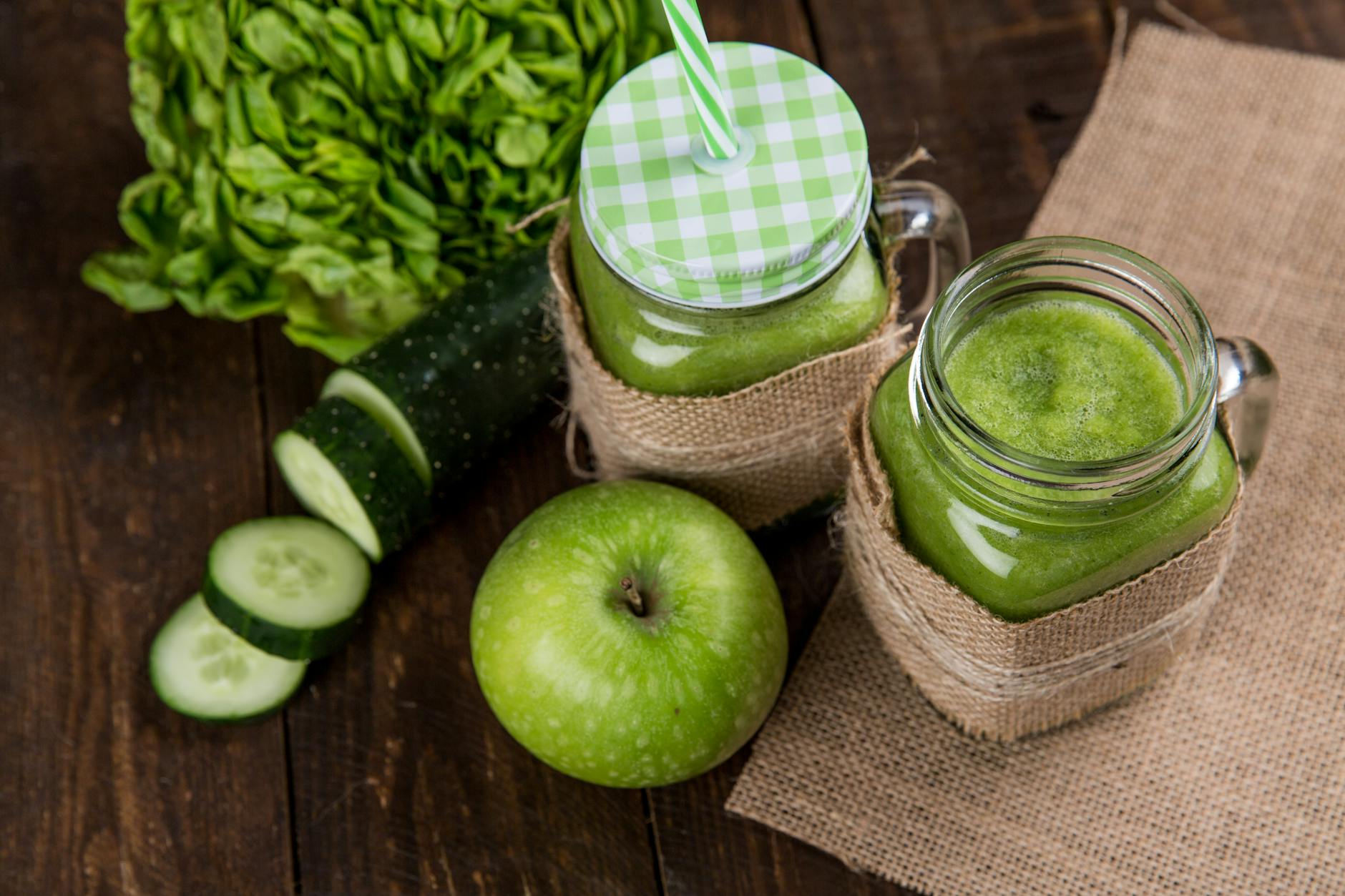 Photo by Toni Cuenca
Photo by Toni Cuenca
Getting Enough Protein for Results
Worried about protein and muscle? Plant-based eaters can build and maintain muscle just like anyone else—what matters is consistency and variety. Including beans, lentils, tofu, tempeh, whole grains, seeds, and nuts makes hitting your protein needs easier than many think. According to the No-B.S. Guide to Plant-Based Protein, most plant-focused eaters get more than enough protein for daily living and muscle building when they enjoy meals across a range of sources.
- Lean on legumes and soy. Lentils, chickpeas, tofu, and tempeh are top picks.
- Mix it up. Each plant food brings its own amino acids, so variety covers your bases.
- Don’t stress about perfection. If you eat enough overall and balance your meals, your body pulls what it needs to repair and build muscle.
If you want to go deeper into strength and smart fueling, see these strength training strategies and resources designed to support plant-based athletes—age doesn’t matter, strong is always in style.
Smart Pre- and Post-Workout Meals
Fueling up before and after exercise is key to hitting your goals, no matter your eating style. Plant-based foods provide everything you need—energy, protein, and the right nutrients—to power performance and speed recovery.
- Pre-workout: Aim for a balanced meal or snack with easy carbs for quick energy and just a bit of protein. A smoothie made from banana, spinach, oats, and soy or pea protein is a go-to favorite. Or try rice cakes with almond butter and sliced strawberries.
- Post-workout: This is where you want protein and carbs. Whip up a tofu scramble with sweet potato, or a quinoa and lentil bowl with steamed veggies. You want to top up glycogen and kick-start muscle repair.
Looking for more ideas? Dietitians share their best vegan pre- and post-workout meals that help athletes and everyday gym-goers recover faster and feel stronger.
The Complete Amino Acid Picture
You may have heard that only animal products provide “complete” proteins. Plant foods can do the job just as well. By including different sources of protein throughout your day—beans, grains, seeds—you get all the essential amino acids your muscles need. According to this guide to getting enough protein on a plant-based diet, variety is your best friend. Your meals don’t have to be complicated—a serving of lentils with rice, or hummus with whole grain pita, works perfectly.
- Eat the rainbow: Different plants provide different nutrients—let your plate be as colorful as possible.
- Snack smart: Keep roasted chickpeas or a bag of trail mix handy for protein on the go.
- Consider plant-based powders only when needed: Whole foods get you further, but a scoop of pea or soy protein can step in when life gets busy.
For anyone aiming to build muscle, practical muscle-building advice for plant-based diets offers extra tips on mixing up your protein, timing your meals, and choosing the right supplements.
Lasting Energy and Fast Recovery
Plants do more than just deliver protein—they flood your body with vitamins, minerals, antioxidants, and steady-burning carbs. These nutrients help you bounce back after a workout, reduce muscle soreness, and protect your cells from stress.
- Oats and fruit in the morning fuel your day without weighing you down.
- Lentil soup or grain bowls for lunch top up energy stores and keep you full.
- Dark leafy greens and seeds on dinner plates bring magnesium and iron, both champions for muscle recovery.
When your body gets the right nutrients throughout the day, it’s like giving your car the right fuel—performance feels smooth and recovery is quicker.
Busting the Performance Myths
Switching to plant-based eating often brings questions about energy, strength, and results. The science tells a clear story: athletes and active folks can excel on plants. Swapping animal protein for plant-based sources may even boost blood flow and reduce inflammation, giving you an edge. If you want more on the science of plant-powered performance, check out The Plant-Based Advantage for a breakdown of what’s possible.
Interested in how fitness and nutrition work together for vibrant living? Our beginner’s guide to exercise motivation and healthy habits can jumpstart your active journey—plant-based protein included.
A week—or a lifetime—on a plant-powered meal plan can bring out your best, both in the gym and out in the world. Your plates support your power. Your food is your fuel, your secret weapon, and your daily reward.
Conclusion
A week of plant-powered meals brings more than strong muscles and steady energy—it sparks creativity in the kitchen and joy at the table. These recipes show that protein from plants isn’t just practical; it’s indulgent, colorful, and full of possibilities for your health.
Every plate supports your fitness and well-being, blending fresh flavors with real nourishment. As you explore these dishes, let them inspire new routines or become household favorites. Share your own best plant-based meals or tips in the comments—let’s keep the conversation going and help each other grow.
Whether you cook for performance, balance, or pure pleasure, plant-based protein gives you all the tools to thrive. Thanks for joining this journey; your best, most vibrant self is just a few delicious meals away.


